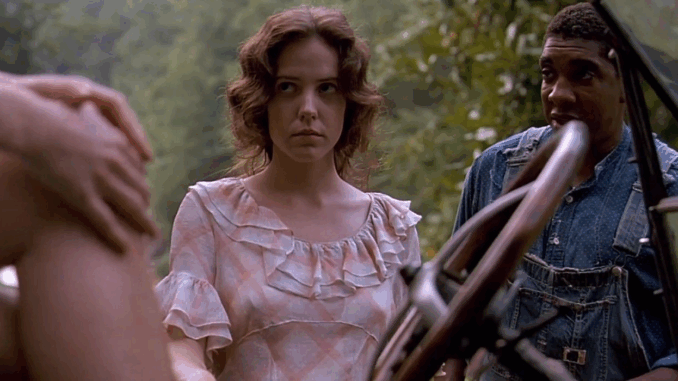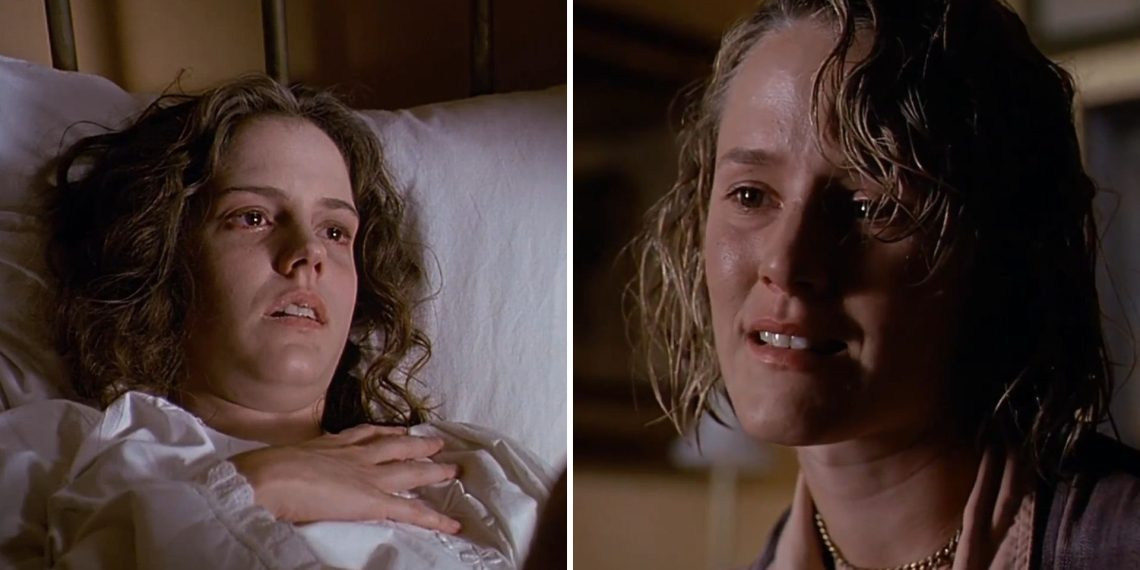
A Sisterhood That Outlived the Screen
When Fried Green Tomatoes premiered in 1991, it left an indelible emotional mark on audiences around the world. The film’s strength didn’t just lie in its powerful storytelling, but in the authentic chemistry among the women who led it. Behind the scenes, Jessica Tandy, Kathy Bates, Mary Stuart Masterson, and Mary-Louise Parker developed a bond that transcended the confines of filming. This article delves into the real-life friendships forged during production—and how they influenced the film’s emotional power.
The Alchemy of Casting: Why the Bond Felt Real
Casting for Fried Green Tomatoes was crucial. The emotional weight of the story depended on convincing portrayals of intimacy, vulnerability, and loyalty among women across generations. Director Jon Avnet has said in interviews that the moment Kathy Bates and Jessica Tandy read together, “something magical happened.”
That magic translated to a set where friendship wasn’t just a theme—it was a lived experience. The actresses didn’t just play friends; they became them.
Jessica Tandy and Kathy Bates: An Unexpected Mentor-Mentee Relationship
Jessica Tandy, then in her 80s, was already a Hollywood and Broadway legend when she took on the role of Ninny Threadgoode. Kathy Bates, in her early 40s at the time, was still building her film career. Their on-screen friendship mirrored their real-life dynamic. Bates often spoke of how working with Tandy was like “going to acting school every day,” and that Tandy’s grace under pressure deeply influenced her future career choices.
On set, the two women would frequently sit together during breaks, sharing stories, rehearsing scenes, and quietly encouraging each other. The mentorship wasn’t forced—it was organic. Their connection, rooted in mutual respect and admiration, added emotional truth to Evelyn and Ninny’s journey in the film.
Mary-Louise Parker and Mary Stuart Masterson: Off-Screen Chemistry and Unspoken Understanding

Perhaps the most intimate dynamic in the film is the one between Ruth and Idgie. While the story is set in a time when romantic love between two women couldn’t be openly named, Parker and Masterson brought a level of emotional clarity and tenderness that made it unmistakable.
The actresses formed a quiet, loyal friendship during the shoot. Both were young, introspective, and deeply committed to the material. They developed a shorthand while filming—often communicating without words, just like their characters.
In later interviews, Parker said that working with Masterson “felt like falling into step with someone you’ve known your whole life.” That emotional shorthand helped create one of the most subtly powerful portrayals of love in mainstream 1990s cinema.
Bonds Forged in Southern Heat and Emotional Depth
Filming in Alabama during the sweltering summer of 1990 created both physical and emotional intensity. Cast members often had to rely on one another not just for performance, but for support in long, hot days and emotionally draining scenes.
Stories from the set reveal frequent group dinners, shared quiet walks between scenes, and a collective sense of purpose in telling a story about women’s lives that wasn’t often told with such respect.
A Feminist Legacy Through Friendship
The lasting power of Fried Green Tomatoes lies not just in what the film says about love and memory, but in how it centers female relationships—romantic, platonic, maternal, and intergenerational.
The actresses brought this ethos off-screen as well. For many of them, it was one of the first projects in which women’s lives took center stage, and they each became advocates for more stories like it.
Their off-screen bond served as a living testament to the film’s message: when women support each other, powerful things happen.
Conclusion: The Real Thread That Bound Them
The true heart of Fried Green Tomatoes may be fiction, but its emotional impact is grounded in real affection, real trust, and real friendship. The women who brought Whistle Stop to life didn’t just act—they connected. And in doing so, they created not only a classic film, but a sisterhood that inspired generations of viewers to seek, cherish, and protect the women who walk with them through life.
